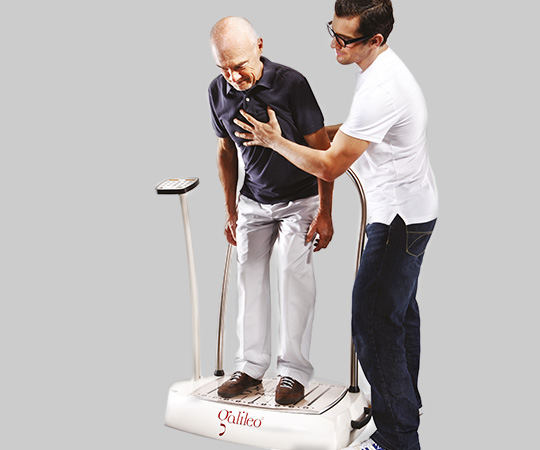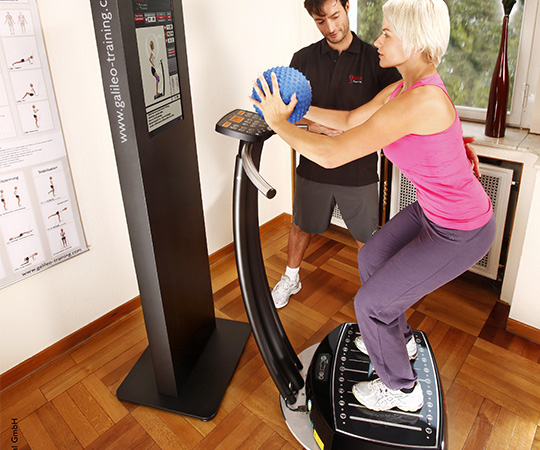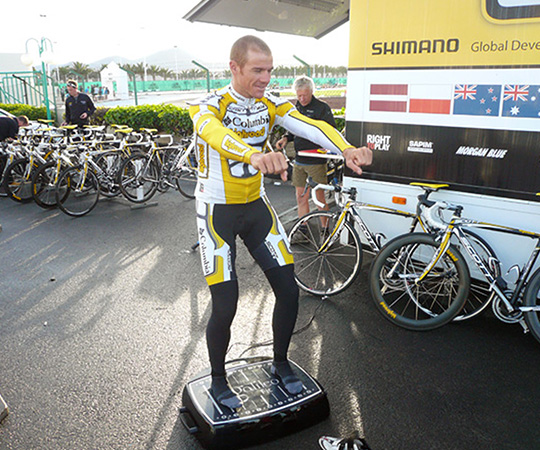Do astronauts need a “muscle factory”?
How a gym machine from space research helps children conquer the world
Astronauts in space must do a lot of exercise since their muscular system and skeleton are stressed much less in microgravity than on Earth: the body is not exposed to gravity. Especially the gluteal and leg muscles are subject to considerable deterioration. They get smaller and weaker, like in children suffering from impaired growth as well as in bed-ridden and elderly people. Even if astronauts do exercise, they must invest much more time in training than on Earth: the normal training workload amounts to two hours a day. That is not only boring but also consuming time that would be better invested in space for doing research – on the ISS, every minute counts. Using an invention from Germany, a special training device for space flight named Galileo, muscles and bones could be successfully trained in bedrest studies on Earth to counteract muscle loss – with huge time saving. A complete training session takes about 30 minutes only instead of two hours that astronauts must invest at present. Today, the same device helps children with impaired growth, like, for example, brittle-bone disease, to get rid of the wheelchair.



Running in microgravity
Traditionally, customary training equipment was and is used for training in space such as treadmill, ergometer, or rowing machines. With limited success – the training effect in the absence of gravity sometimes renders even a daily two-hour training insufficient for lack of mechanical stimuli.
The solution: instead of deliberate muscle activity, inducing muscle contractions through simulation of human walking (seesaw movement) – with Galileo. With the feet on the Galileo plate, the astronaut buckles up, and the leg muscles, gluteal muscles as well as abdominal and back muscles are activated by side-alternating seesaw movements. This even works in microgravity.
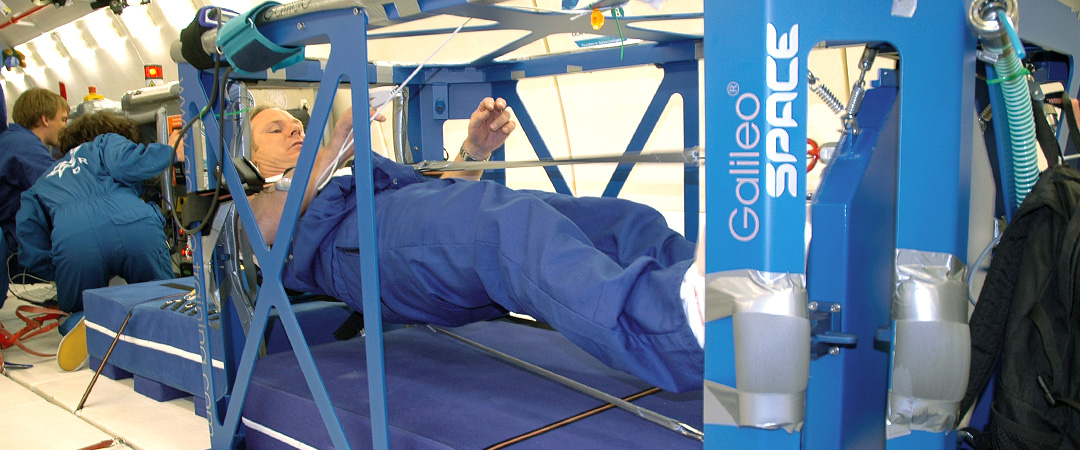
© Novotec Medical GmbH, Pforzheim
The technique was tested on Earth – with volunteer test subjects that had to lie down over a period of several weeks. Galileo was also part of the “Mars500” mission – the test subjects simulated a flight to Mars – over a period of 500 consecutive days, cut off from the outside world in sort of a space station on Earth. Galileo would also be an enrichment for the ISS – first tests on parabolic flights (that means in short-term microgravity) have already been successfully concluded.
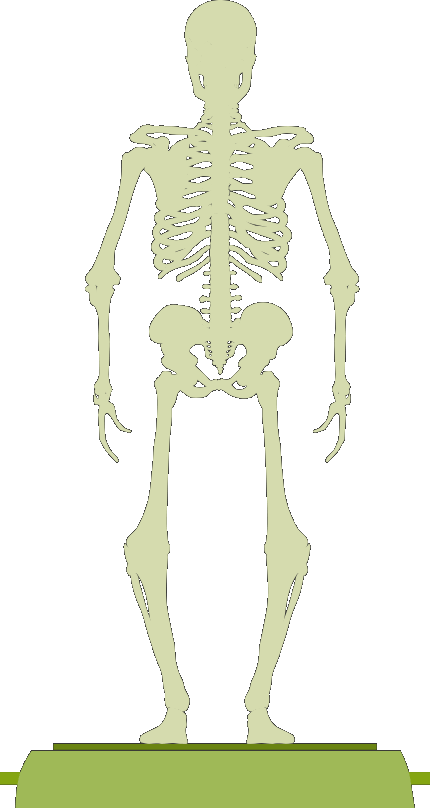
How does it feel to be able to stand upright for the first time at the age of twelve?
Essentially, Galileo was especially developed for space flight. However, research showed that not only the muscles are strengthened but the coordination of the muscles is improved as well. The stimulus pattern of vibrations equals that of normal walking, and during training, the interaction between the individual muscle groups is enhanced.
Those fit in walking do not need this effect.
But what if someone cannot walk?
Learning coordination for walking if you never have been able to walk – and you do not have the required muscles?
In this case, Galileo can actually help learning to walk. In the university hospital in Cologne, children with nerve, muscle and skeleton diseases are treated, for example little patients suffering from “open back” (spina bifida) or brittle-bone disease.
Those who suffer from brittle-bone disease have extremely fragile bones and are confined to a wheelchair starting at the age of about two. Through Galileo training, almost completely immobilised children learn to crawl, to stand, or to walk a few steps after some months. When a twelve-year old, after three weeks of Galileo training, is able to stand upright on his/her own for the first time, or a nine-year old can walk 300 steps instead of 25 – this is little short of a miracle.
© UniReha GmbH
Training on a centrifuge to counteract bone or muscle loss?
In the future, humans might be able to live on Moon or Mars stations for months. How can one avoid that bones and muscles deteriorate too much? The idea: putting the astronauts in a compact human centrifuge in which artificial gravity is created. The effects were jointly explored by DLR, NASA, and ESA in the AGBRESA bedrest study. Test subjects were lying voluntarily for two consecutive months in beds that were tilted by six degrees to make the bodily fluids flow towards the head – this is exactly what happens in microgravity. The centrifuge used several times a day as a “training unit”, could contribute to building up and preserving a well-working muscle, bone and cardiovascular system. That might be interesting on Earth as well, for example, in rehabilitation. The artificial gravity in the centrifuge could also protect astronauts from eye and brain changes caused by fluid accumulation in the head.
© DLR
